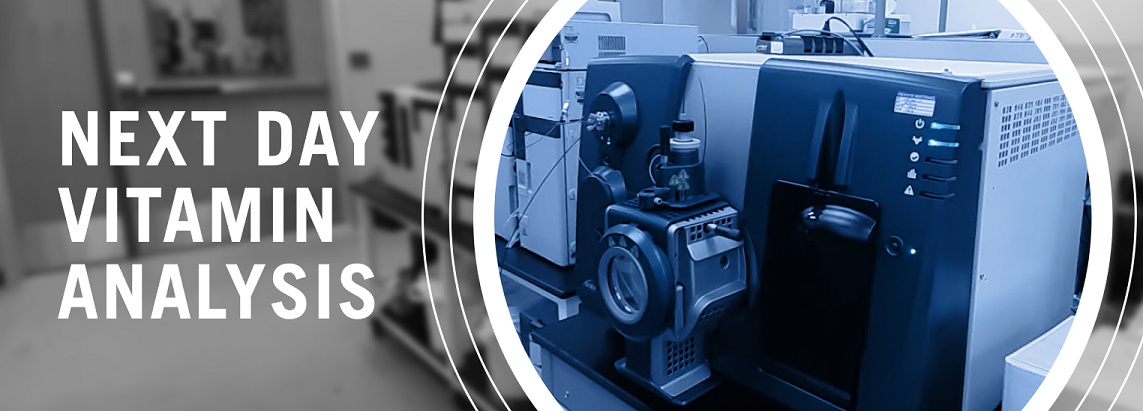Webinars
Search >>
On-Demand Webinars:
Opportunity is rapidly growing for new feed ingredients intended to improve the well-being of both companion animals and livestock. Our webinar aims to address the unique analytical, nutritional, and regulatory challenges that accompany novel animal food ingredients.
This webinar with presenter Joelle Mosso, Associate Chief Scientific Officer for the Eurofins Produce Segment, discusses testing and introduces a new rapid screening tool for enteric pathogens Salmonella and Shiga toxigenic E. coli: EPRITM.
This presentation reviews sample quality criteria, and the parameters that should be considered in order to produce meaningful and defensible measurement data. A review of the purpose of standardized methods is also presented, and considerations for when it is necessary to apply a modified procedure or an alternate method.
This presentation discusses further on adulteration risks in botanicals, reviews various quality control analytical strategies and research advances in analytical sciences for dietary supplements and ingredients.
Food fraud, also known as economically motivated adulteration, is widespread worldwide. Food fraud involves deliberate and intentional substitution, addition, tampering or misrepresentation of food, food ingredients or food packaging, labeling, product information or false or misleading statements made about a product for economic gain. Food fraud can adversely impact consumer health, product quality, and brand reputation.
Validation of aseptic fillers intended for the production of low-acid, shelf-stable products is a core requirement of the FDA’s low-acid canned food (LACF) regulations (21CFR113 and 108.35). Microbiological challenges of the aseptic zone and packaging material sterilization cycles are important components of the validation process. These challenges are often conducted at the production site using non-pathogenic surrogate organisms that mimic the resistance of the pertinent target pathogen. This presentation will provide a brief history of the use of such surrogates for the validation of low-acid aseptic fillers along with the approach we have used to qualify the surrogates as adequate for the intended technology.”
When we send a sample of food for testing, we generally think about a pretty simple system where we submit a sample, wait a bit of time, and then find out if the target organism is there. What we often forget is just how complex our food, processing systems, and environments truly are.
Today, there is a widely shared belief that the rate of non confirming presumptives (NCP’s) “false positives” in food pathogen diagnostics has increased significantly in recent years. This increase has been most closely associated with PCR and real time PCR testing. It has not yet been possible to answer the question definitively, nevertheless, the belief is real, and the limited data that have been analyzed suggest that non confirming presumptive rates are indeed on the rise.
Food and supplement testing has been a necessary part of the safe supply chain which means so have the chemicals that go along with this and until today, there have been very few options that positively affect the environment. Supercritical Fluid Extraction with Supercritical Fluid Chromatography now offers an environmentally safer method that is also faster, as sensitive and as selective as your current methods. We present an alternative way to extract and measure vitamins.
Join our team of presenters at Eurofins Microbiology Laboratories for an in-depth webinar all about rapid microbiological methods. They presented on the range of methods available, as well as the technologies behind them, while also exploring factors that affect their performance. Learn what to consider when selecting a rapid method such as sensitivity, validation status, and speed. Practical considerations around the method applications will be addressed.

















